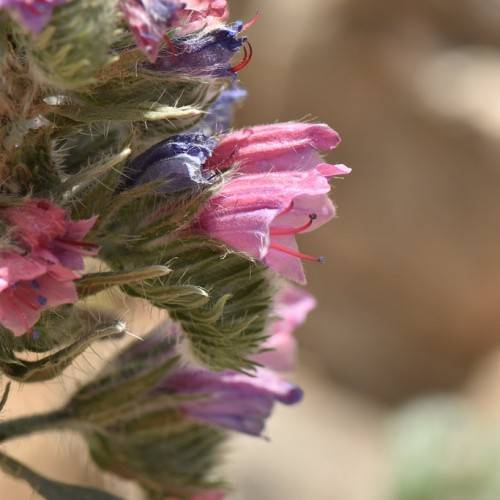
echium
Echium maculatum
Cycle:
Herbaceous Perennial
Watering:
Minimum
Hardiness Zone:
6 - 8
Flowers:
Flowers
Sun:
Full sun
Leaf:
Yes
Growth Rate:
Low
Maintenance:
Moderate
Drought Tolerant:
Yes
Salt Tolerant:
Yes
Thorny:
Yes
Invasive:
Yes
watering
Echium (Echium maculatum) should be watered twice a week, allowing the soil to sufficiently dry out in between waterings. Young plants may need to be watered more frequently to prevent wilting or yellowing of the leaves. During the summer months, plants will need more frequent watering and should be watered deeply, to ensure the water reaches the roots. During the winter months, the amount of water should be reduced to prevent the soil from becoming waterlogged. Make sure to always check the soil before watering to ensure it’s sufficiently dry.
sunlight
Echium maculatum requires at least 6 hours of direct sunlight per day in order to thrive. Ideally, the plant should be in direct sun for 6 to 8 hours per day. Too much shade can lead to weak and leggy growth and too much sun can cause the leaves to yellow and become scorched. Additionally, the plant prefers to not be in the sun during the hottest parts of the day in summer, when temperatures can become too intense. It will do best with moderate morning sunlight and partial shade in the afternoon.
pruning
Echium is a plant species that requires pruning to keep its shape and habits in check. Pruning should be done once a year in late winter or early spring before growth begins again in spring. During this time, dead or unproductive stems should be removed, leaving just those that have strong, healthy growth. Pruning will also encourage the plant to produce more flowers. Begin by removing the oldest stems, cutting them back to the base of the plant. This will reduce overcrowding and promote new growth. Prune any stems that are growing in the opposite direction to the plant’s main shape or those that are crossing through other stems. Finally, shape the plant by removing any straggly or overly long stems.
